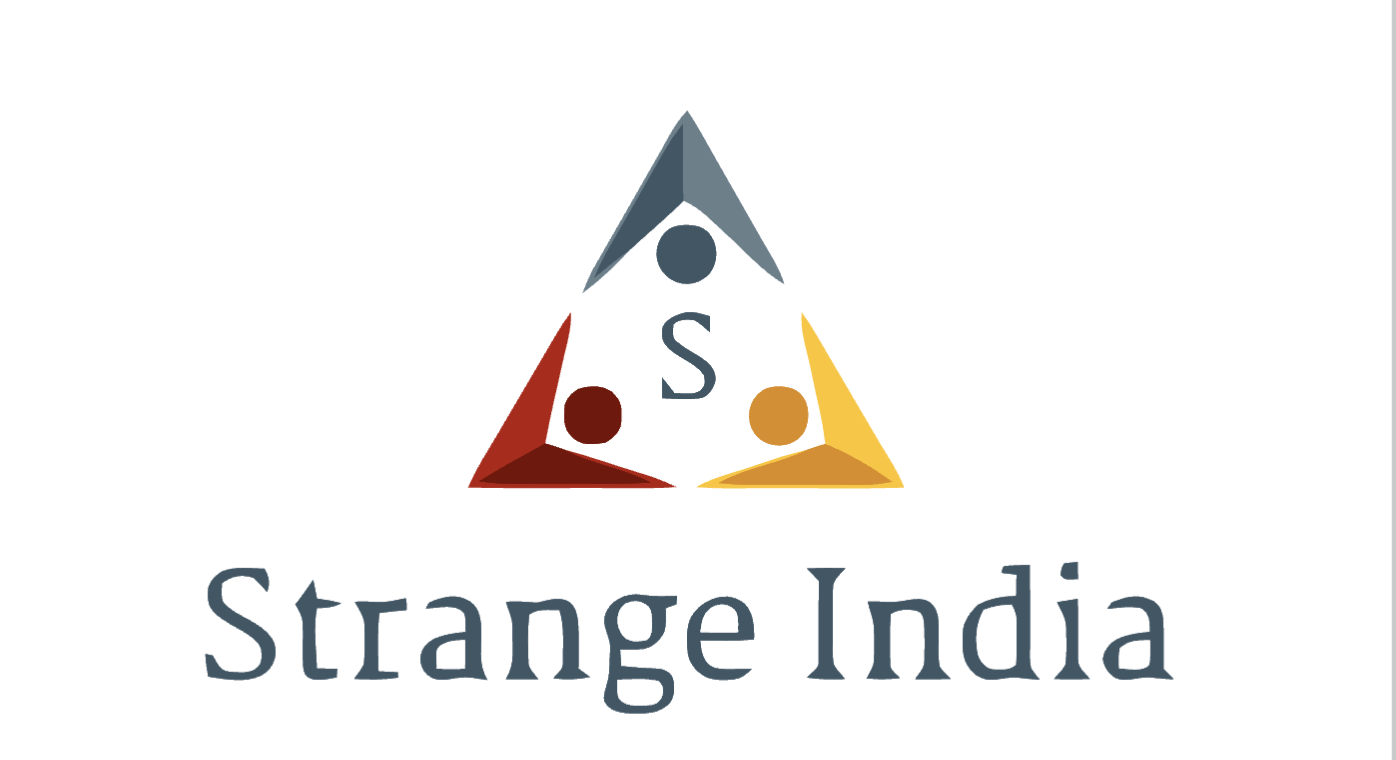Weiss, J. B. et al. Anaplastic lymphoma kinase and leukocyte tyrosine kinase: functions and genetic interactions in learning, memory and adult neurogenesis. Pharmacol. Biochem. Behav. 100, 566–574 (2012).
Google Scholar
Orthofer, M. et al. Identification of ALK in thinness. Cell 181, 1246–1262.e1222, (2020).
Google Scholar
Hallberg, B. & Palmer, R. H. Mechanistic insight into ALK receptor tyrosine kinase in human cancer biology. Nat. Rev. Cancer 13, 685–700 (2013).
Google Scholar
Carpenter, E. L. et al. Antibody targeting of anaplastic lymphoma kinase induces cytotoxicity of human neuroblastoma. Oncogene 31, 4859–4867 (2012).
Google Scholar
Mosse, Y. P. et al. Identification of ALK as a major familial neuroblastoma predisposition gene. Nature 455, 930–935 (2008).
Google Scholar
Trigg, R. M. & Turner, S. D. ALK in neuroblastoma: biological and therapeutic implications. Cancers 10, 113 (2018).
Google Scholar
Borenas, M. et al. ALK ligand ALKAL2 potentiates MYCN-driven neuroblastoma in the absence of ALK mutation. EMBO J. 40, e105784 (2021).
Google Scholar
Reshetnyak, A. V. et al. Augmentor α and β (FAM150) are ligands of the receptor tyrosine kinases ALK and LTK: hierarchy and specificity of ligand–receptor interactions. Proc. Natl Acad. Sci. USA 112, 15862–15867 (2015).
Google Scholar
Guan, J. et al. FAM150A and FAM150B are activating ligands for anaplastic lymphoma kinase. eLife 4, e09811 (2015).
Google Scholar
Lemmon, M. A. & Schlessinger, J. Cell signaling by receptor tyrosine kinases. Cell 141, 1117–1134 (2010).
Google Scholar
Loren, C. E. et al. A crucial role for the Anaplastic lymphoma kinase receptor tyrosine kinase in gut development in Drosophila melanogaster. EMBO Rep. 4, 781–786 (2003).
Google Scholar
Zhang, H. et al. Deorphanization of the human leukocyte tyrosine kinase (LTK) receptor by a signaling screen of the extracellular proteome. Proc. Natl Acad. Sci. USA 111, 15741–15745 (2014).
Google Scholar
Reshetnyak, A. V. et al. Identification of a biologically active fragment of ALK and LTK-ligand 2 (augmentor-α). Proc. Natl Acad. Sci. USA 115, 8340–8345 (2018).
Google Scholar
Qin, L. Y. et al. Discovery of 7-(3-(piperazin-1-yl)phenyl)pyrrolo[2,1-f][1,2,4]triazin-4-amine derivatives as highly potent and selective PI3Kδ inhibitors. Bioorg. Med. Chem. Lett. 27, 855–861 (2017).
Google Scholar
Youn, S. J. et al. Construction of novel repeat proteins with rigid and predictable structures using a shared helix method. Sci. Rep. 7, 2595 (2017).
Google Scholar
Holm, L. DALI and the persistence of protein shape. Protein Sci. 29, 128–140 (2020).
Google Scholar
Eck, M. J. & Sprang, S. R. The structure of tumor necrosis factor-α at 2.6 Å resolution. Implications for receptor binding. J. Biol. Chem. 264, 17595–17605 (1989).
Google Scholar
Warkentin, E. et al. A rare polyglycine type II-like helix motif in naturally occurring proteins. Proteins 85, 2017–2023 (2017).
Google Scholar
Crick, F. H. & Rich, A. Structure of polyglycine II. Nature 176, 780–781 (1955).
Google Scholar
Dunne, M. et al. Salmonella phage S16 tail fiber adhesin features a rare polyglycine rich domain for host recognition. Structure 26, 1573–1582.e1574 (2018).
Google Scholar
Vadas, O., Jenkins, M. L., Dornan, G. L. & Burke, J. E. Using hydrogen–deuterium exchange mass spectrometry to examine protein–membrane interactions. Methods Enzymol. 583, 143–172 (2017).
Google Scholar
Sano, R. et al. An antibody–drug conjugate directed to the ALK receptor demonstrates efficacy in preclinical models of neuroblastoma. Sci. Transl. Med. 11, eaau9732 (2019).
Google Scholar
Tate, J. G. et al. COSMIC: the catalogue of somatic mutations in cancer. Nucleic Acids Res. 47, D941–D947 (2019).
Google Scholar
Ishihara, T. et al. HEN-1, a secretory protein with an LDL receptor motif, regulates sensory integration and learning in Caenorhabditis elegans. Cell 109, 639–649 (2002).
Google Scholar
Englund, C. et al. Jeb signals through the Alk receptor tyrosine kinase to drive visceral muscle fusion. Nature 425, 512–516 (2003).
Google Scholar
Lee, H. H., Norris, A., Weiss, J. B. & Frasch, M. Jelly belly protein activates the receptor tyrosine kinase Alk to specify visceral muscle pioneers. Nature 425, 507–512 (2003).
Google Scholar
Murray, P. B. et al. Heparin is an activating ligand of the orphan receptor tyrosine kinase ALK. Sci. Signal. 8, ra6 (2015).
Google Scholar
Reshetnyak, A. V. et al. Mechanism for the activation of the anaplastic lymphoma kinase receptor. Nature https://doi.org/10.1038/s41586-021-04140-8 (2021).
Jenni, S., Goyal, Y., von Grotthuss, M., Shvartsman, S. Y. & Klein, D. E. Structural basis of neurohormone perception by the receptor tyrosine kinase torso. Mol. Cell. 60, 941–952 (2015).
Google Scholar
Klein, D. E., Stayrook, S. E., Shi, F., Narayan, K. & Lemmon, M. A. Structural basis for EGFR ligand sequestration by Argos. Nature 453, 1271–1275 (2008).
Google Scholar
Vonrhein, C., Blanc, E., Roversi, P. & Bricogne, G. Automated structure solution with autoSHARP. Methods Mol. Biol. 364, 215–230 (2007).
Google Scholar
Emsley, P. & Cowtan, K. Coot: model-building tools for molecular graphics. Acta Crystallogr. D 60, 2126–2132 (2004).
Google Scholar
McCoy, A. J. et al. Phaser crystallographic software. J. Appl. Crystallogr. 40, 658–674 (2007).
Google Scholar
Langer, G., Cohen, S. X., Lamzin, V. S. & Perrakis, A. Automated macromolecular model building for X-ray crystallography using ARP/wARP version 7. Nat. Protoc. 3, 1171–1179 (2008).
Google Scholar
Liebschner, D. et al. Macromolecular structure determination using X-rays, neutrons and electrons: recent developments in Phenix. Acta Crystallogr. D 75, 861–877 (2019).
Google Scholar
Morin, A. et al. Collaboration gets the most out of software. eLife 2, e01456 (2013).
Google Scholar
Patil, K., et al Computational studies of anaplastic lymphoma kinase mutations reveal common mechanisms of oncogenic activation. Proc. Natl Acad. Sci. USA (in the press).
Grimm, J. B. et al. A general method to improve fluorophores for live-cell and single-molecule microscopy. Nat. Methods 12, 244–250 (2015).
Google Scholar
Kabsch, W. Xds. Acta Crystallogr. D 66, 125–132 (2010).
Google Scholar
Winn, M. D. et al. Overview of the CCP4 suite and current developments. Acta Crystallogr. D 67, 235–242 (2011).
Google Scholar
Adams, P. D. et al. The Phenix software for automated determination of macromolecular structures. Methods 55, 94–106 (2011).
Google Scholar
